ALL Gloves
Editorial | 23 February 2022
What do the different colours mean? And, what hi-vis should you be wearing?
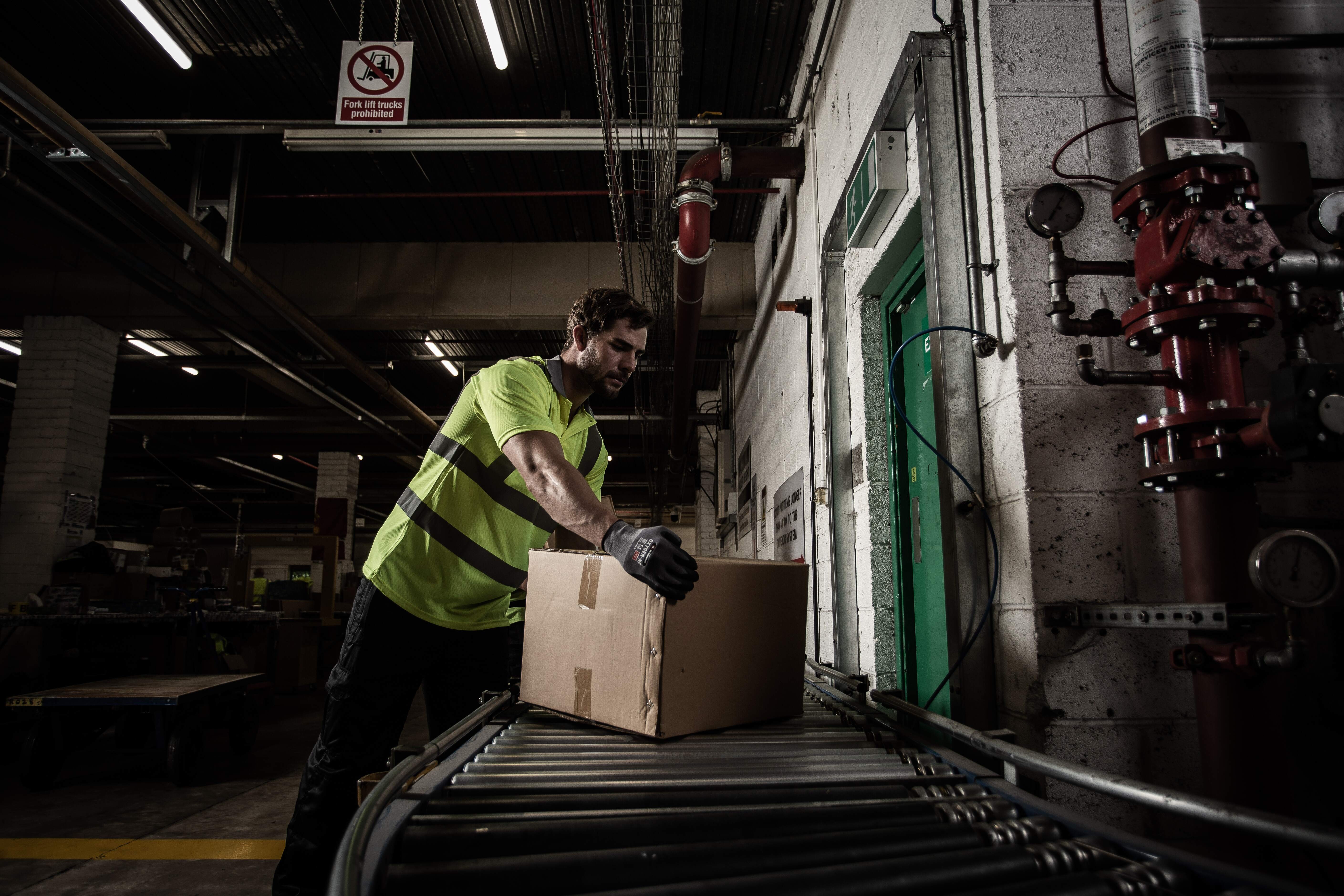
Hi-Vis is hardly the height of fashion. Although…it has probably been used in an obscure fashion line at some point.
You may be on a construction site, attending a football match or visiting a festival. Hi-Vis is an integral part of society and can be seen in varying formats and styles.
So, what do the different colours mean? And, what hi-vis should you be wearing?
The purpose of hi-vis is to make you stand out from your surroundings.
Whilst the most common colour of hi-vis is fluorescent yellow, it isn’t always the best choice.
Hi-vis uses reflective bands to make you more noticeable in low-level light and headlights.
When you’re more noticeable an accident is less likely to occur. The sooner a driver sees a person the more time they have to react.
These are the type of hi-vis vests that you may see at a festival or a concert. They can be used to denote a person’s role such as a steward or first aider.
Coloured hi-vis doesn’t make you to stand out from your surroundings enough to conform to standard EN20471. They aren’t appropriate for hazard prevention.
Some brands choose colourful hi-vis for their workforce, as the colours align with their uniform. Yet those who wear these garments aren’t involved in hazardous roles.
When looking at Blackrock’s hi-vis sleeveless vests there are six colours available.
Both the orange and yellow vests conform to standard EN20471 Class 2. The green, navy, pink and red vests do not.
Orange hi-vis is used by rail workers.
Why?
Very often, rail work is done in green environments. Fluorescent orange is far more visible than yellow in this scenario. Orange won’t blend in.
Yellow is used more indoors as it is a brighter colour and can be seen better in low-level light.
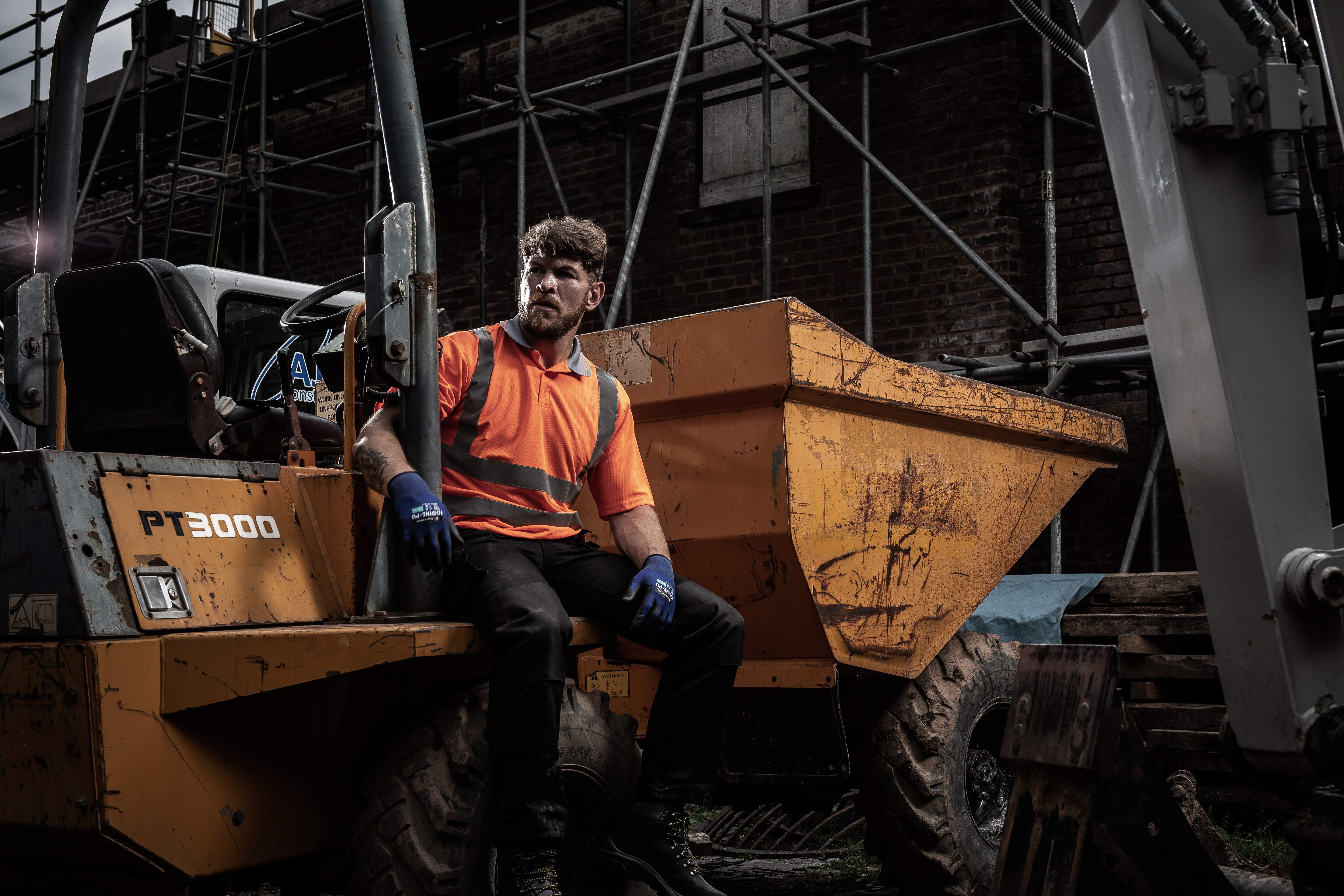
A two-tone hi-vis uses two separate colours. A fluorescent colour and another colour (fluorescent or not).
If some fluorescent material is replaced with non-fluorescent material, the garment may be put into a different hi-vis category (see below).
The main purpose of two-tone hi-vis is to differentiate between staff roles or locations. For example, someone working in warehouses A and B would wear a different colour hi-vis.
That said some two-tone garments do have practical benefits. Darker panelling on the lower half of the garment can help to protect against dirt.
Within the Blackrock range, there is a good example of how hi-vis colouring can affect its class.
Four two-tone high vis waistcoats conform to at EN20471 Class 2. The others, as they contain less fluorescent material, conform to EN20471 Class 1.
In contrast, the hi-vis two-tone bomber and coat conform to EN20471 Class 3 – the highest standard. This is due to the amount of fluorescent fabric that’s visible.
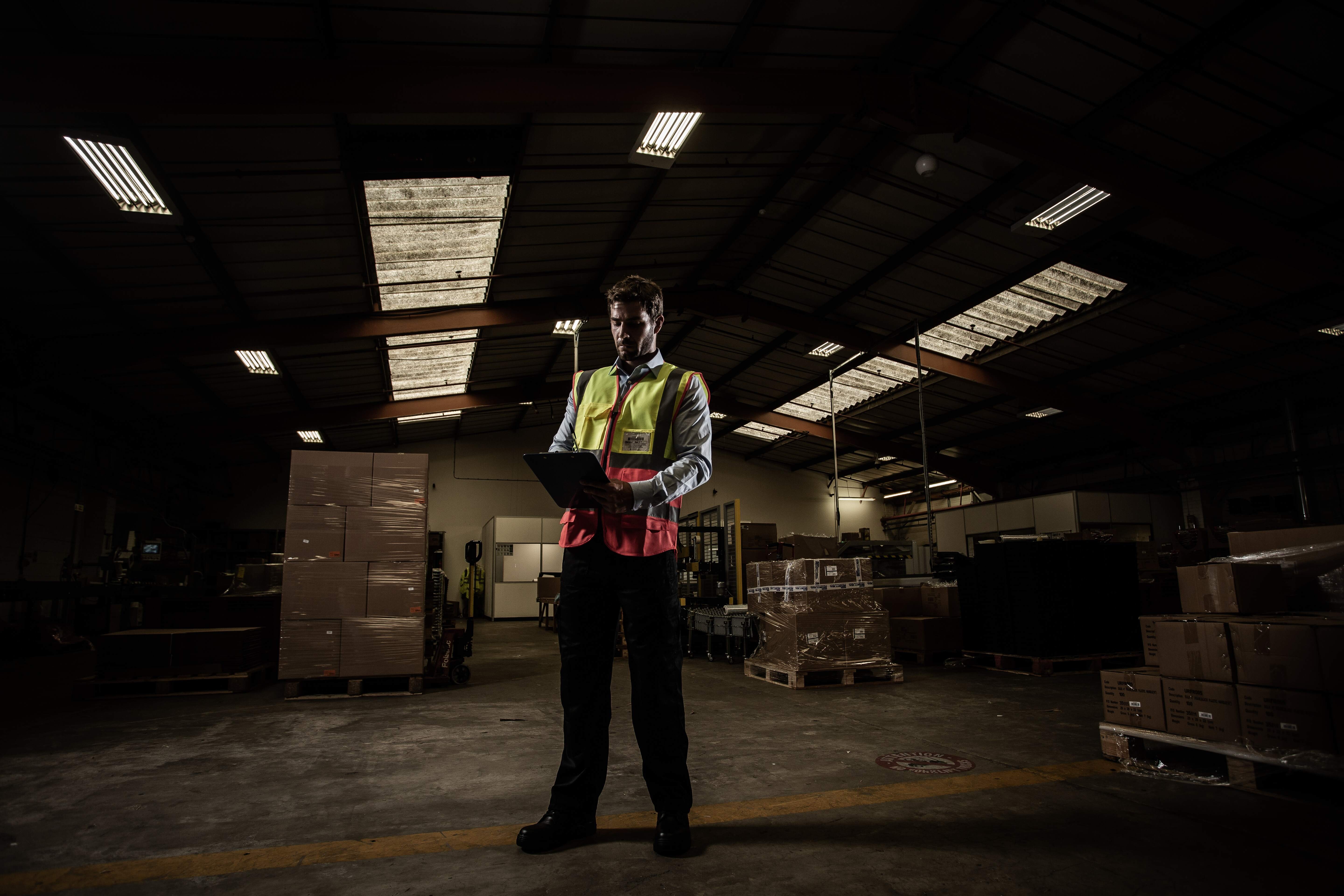
Not to be confused with the English class system.
Hi-vis is divided up into different classes depending on two things: the amount of fluorescent material and reflective tape on show.
You may have noticed that smaller sizes of hi-vis are unusually long.
This is done to increase the quantity of fluorescent fabric. And enable the garment to conform to the same standard as an extra-large in the same range.
There are three classes of hi-vis: Class 1, 2 & 3. The amount of fluorescent material and reflective tape determines what class the hi-vis falls into.
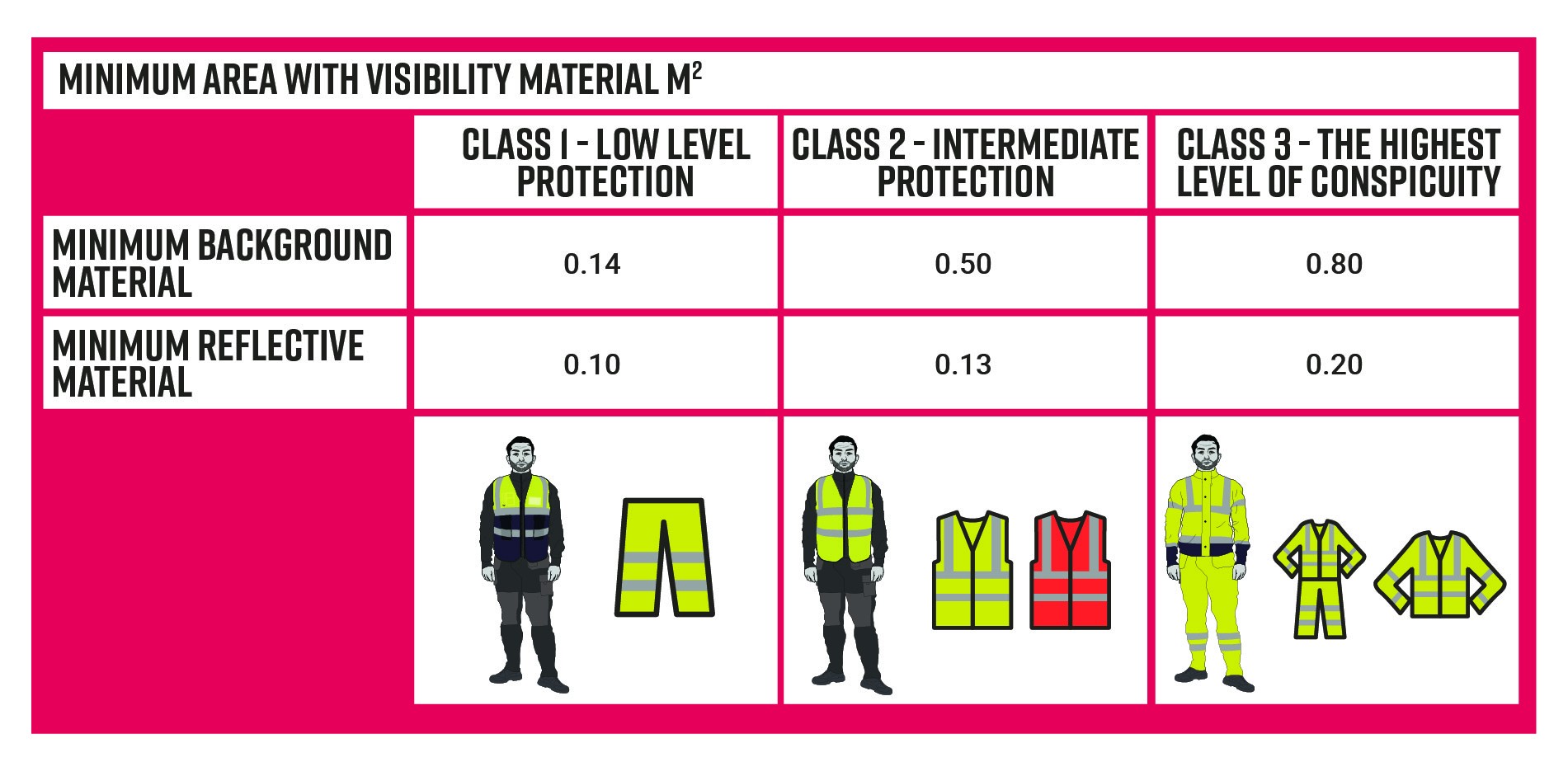
Hi-vis Class 1: Lowest Visibility Level
Two-tone hi-vis vests and hi-vis trousers
Hi-vis Class 2: High Visibility Level
Sleeveless Hi-Vis vests
Hi-vis Class 3: Highest Visibility Level
Hi-Vis Coats & Bombers and long sleeve hi-vis vests & garments
There are two ways to achieve class 3 visibility:
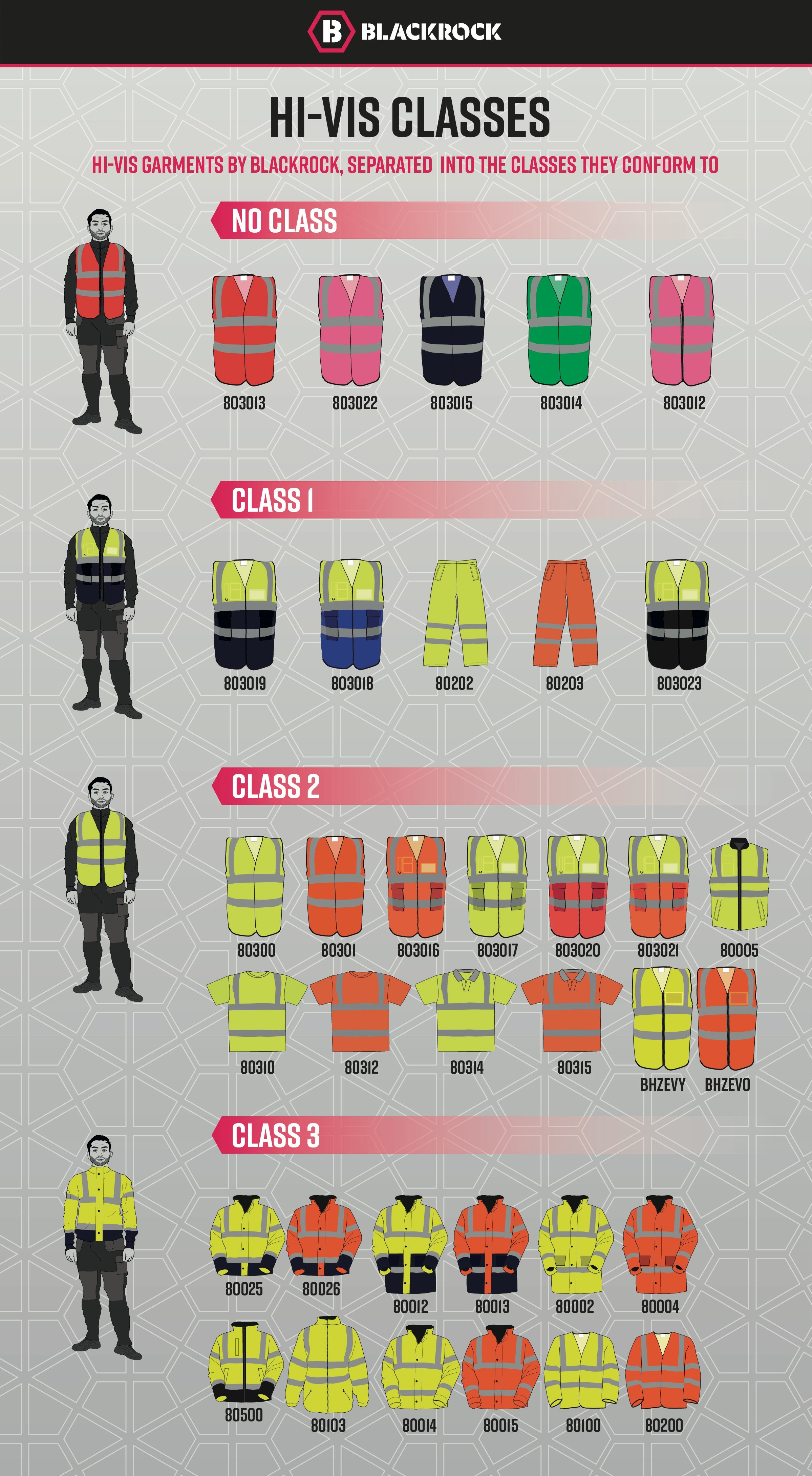
The hi-vis you wear should be in line with the risks found in the risk assessment.
If you are working in a role that requires you to wear a hi-vis, then your employer must provide you with the appropriate clothing.
If you’re in charge of choosing hi-vis for yourself or your employees, consider this:
If there is a high risk you’ll be hit by a moving vehicle, class 3 hi-vis should be worn, providing the maximum amount of visibility. In this scenario, you may require extra hi-vis for full coverage on your legs.
If there is a medium risk you will be hit by a moving vehicle, at least class 2 hi-vis should be worn.
Class 1 hi-vis is usually reserved for roadside assistance personnel, volunteers, and delivery drivers where the risks are lower.
If you’re outdoors, in a wooded area, an orange garment is required. Yellow hi-vis will blend in with the surrounding environment.
Is the lighting in your workplace gloomy? If so, orange hi-vis won’t be as visible.
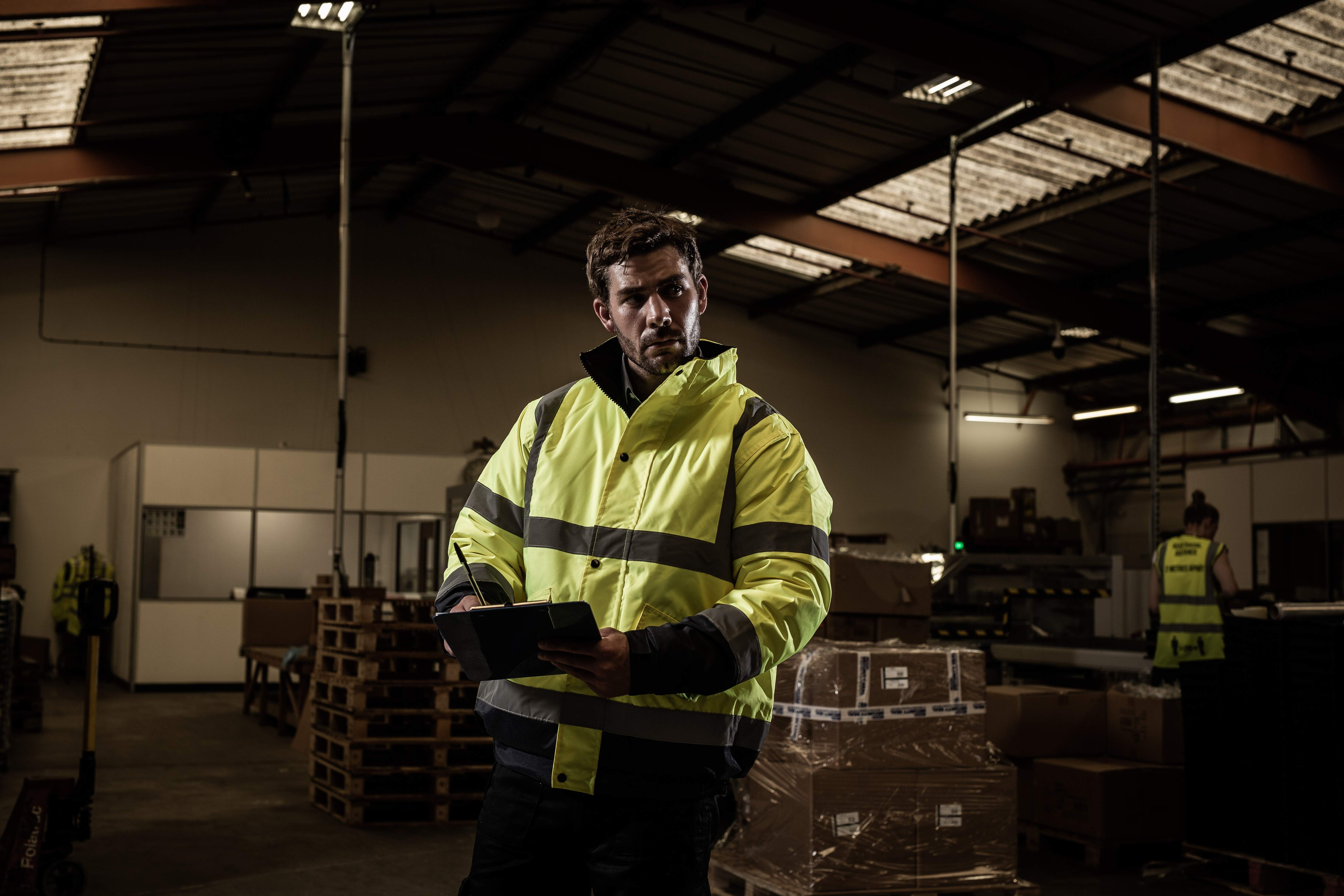
In short, when choosing hi-vis garments, ensure that the level of risk has been considered, as has the environment where the work is done.
Differentiating between the colours of hi-vis can help to see different job roles, but extra colours may reduce the garments class.
Hi-vis isn’t a fashion item. And yet it does have the same purpose – to make you stand out.
Get in contact with us so we can help you stand out.